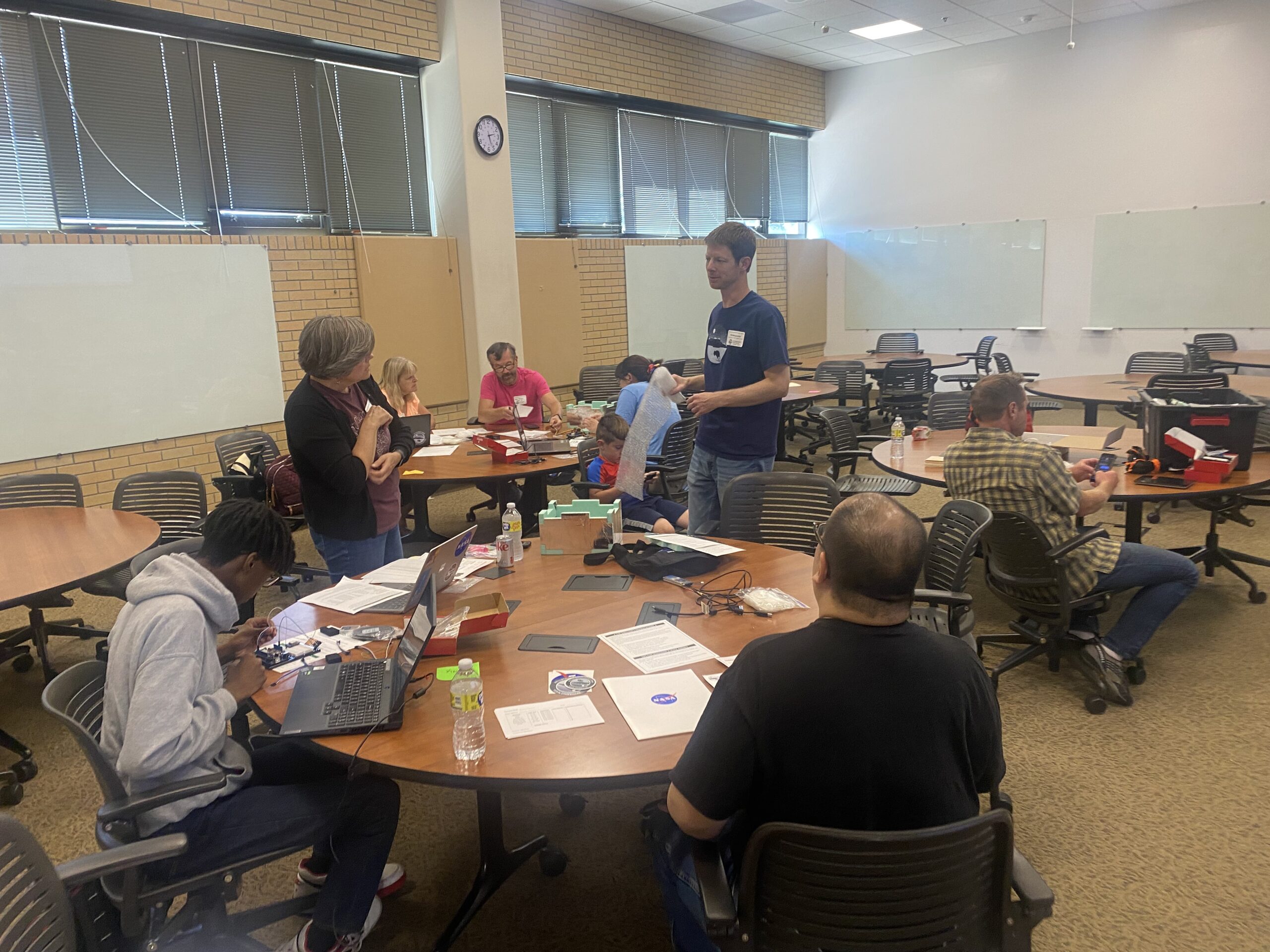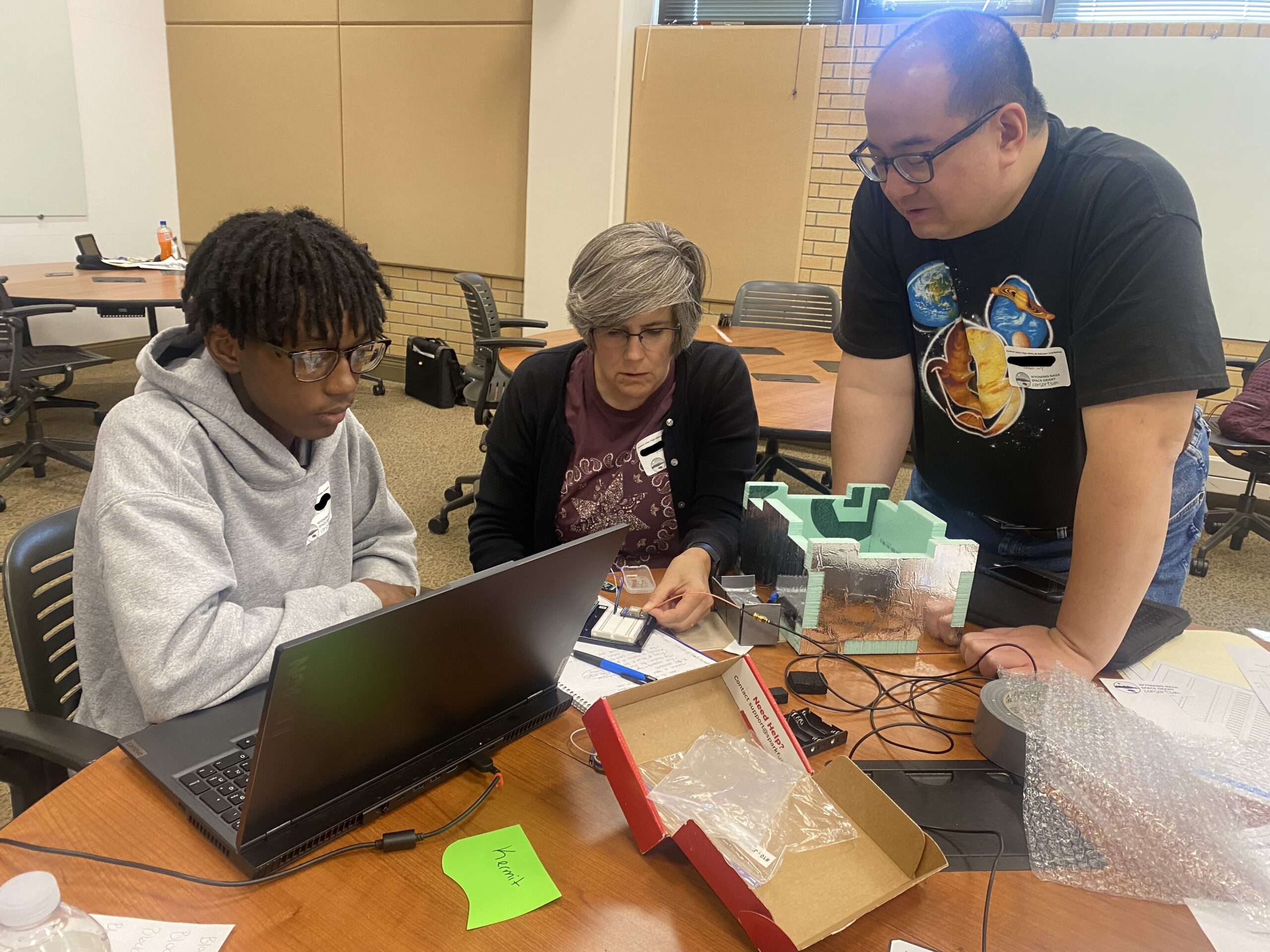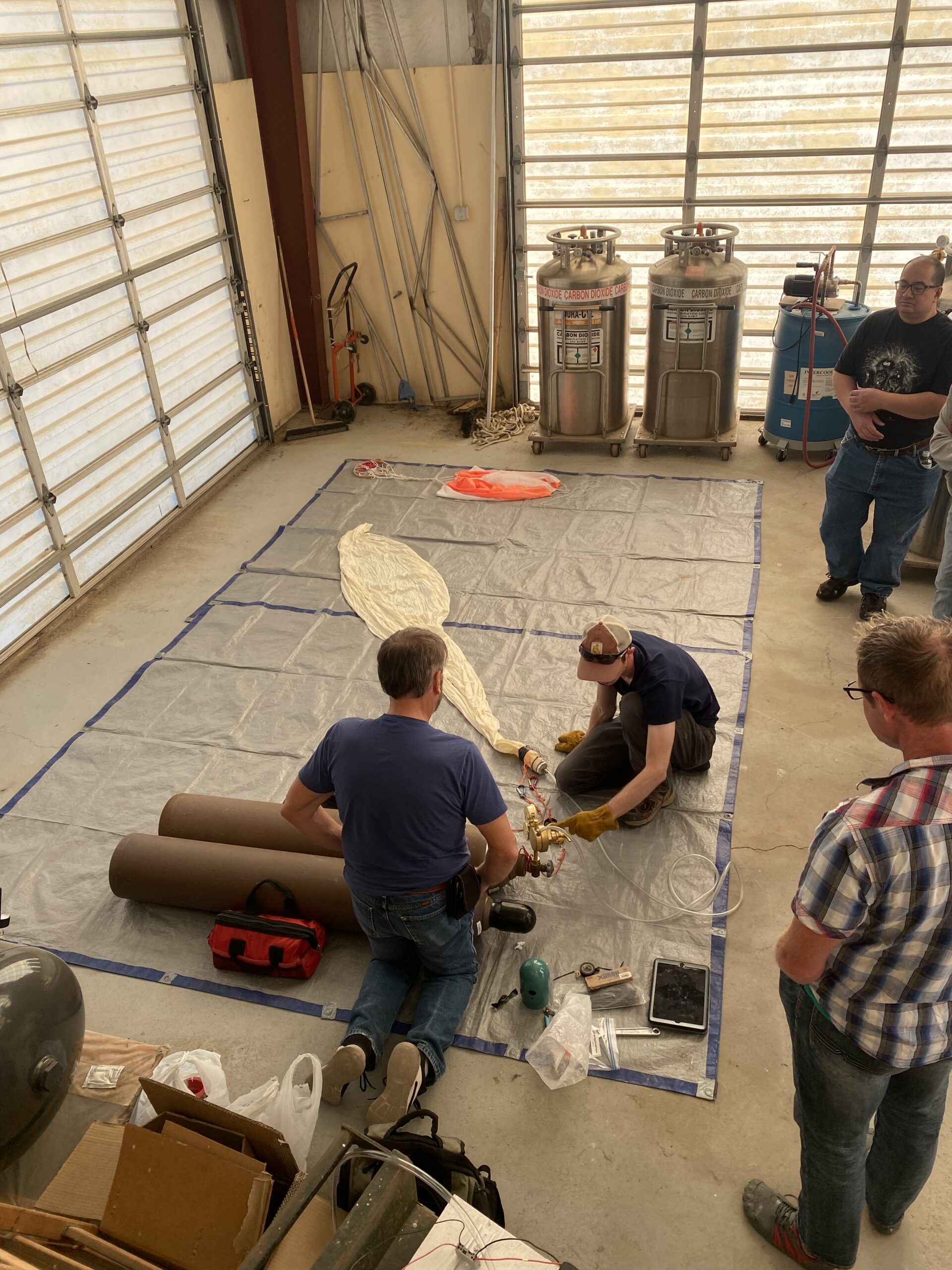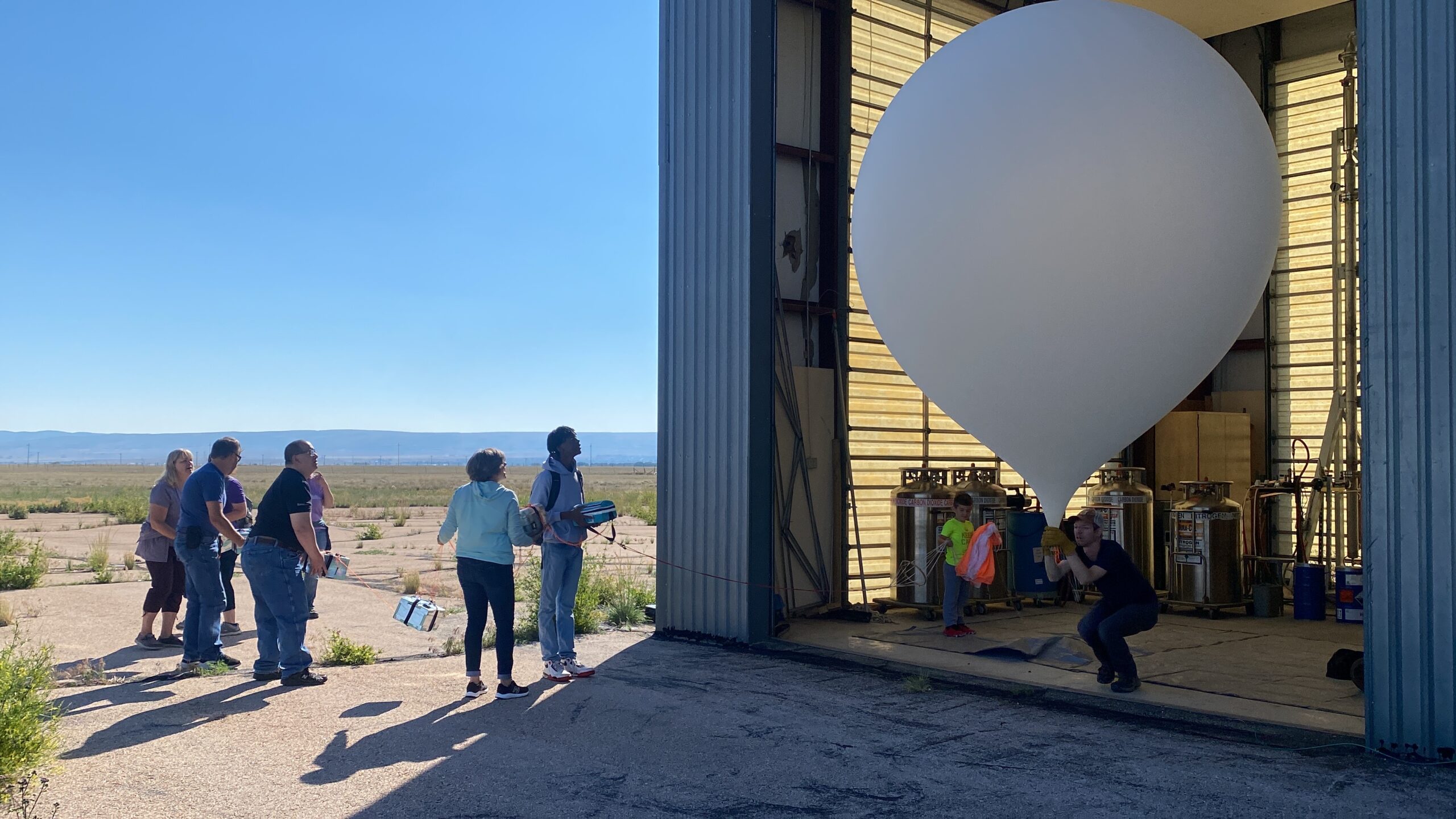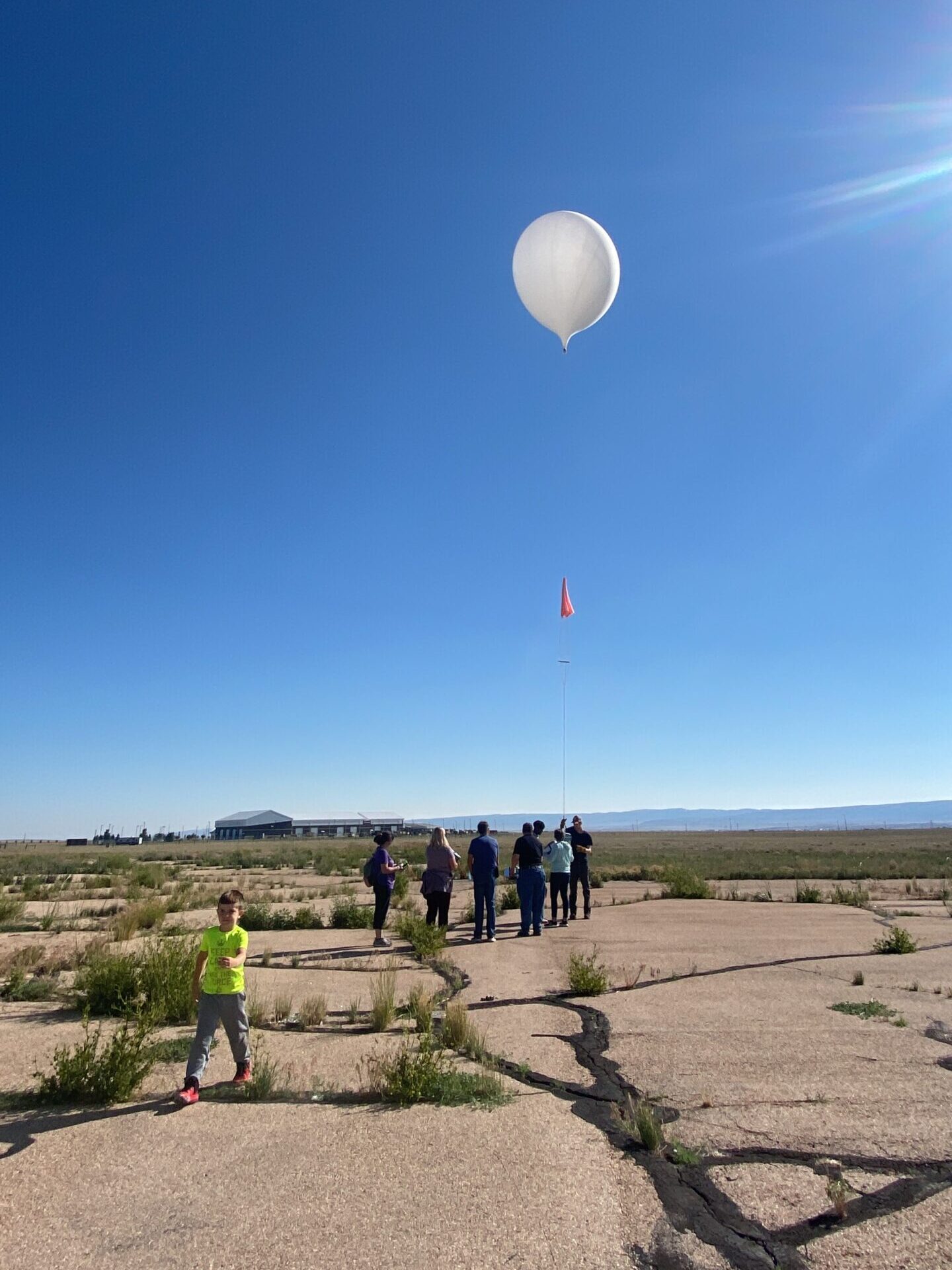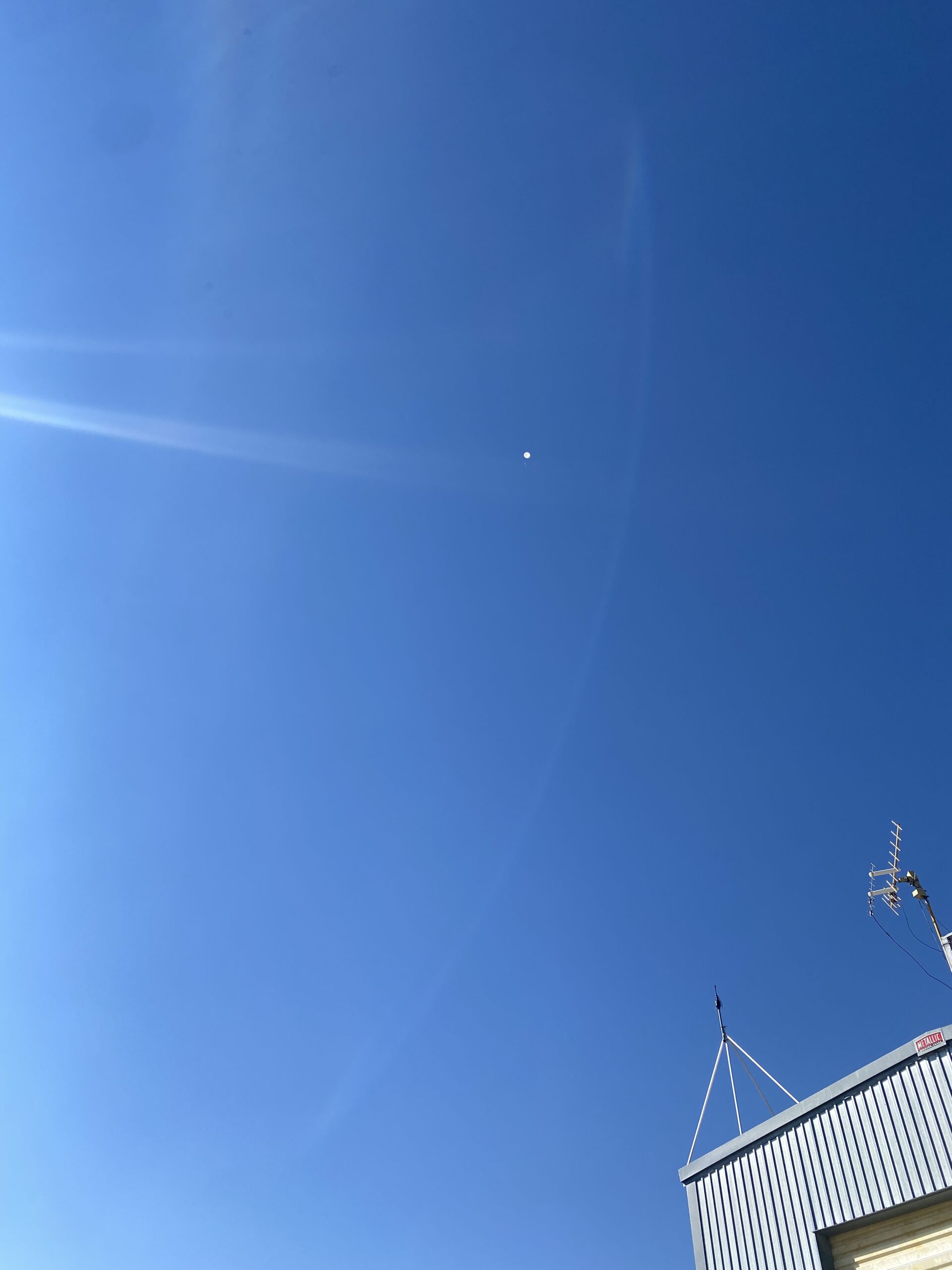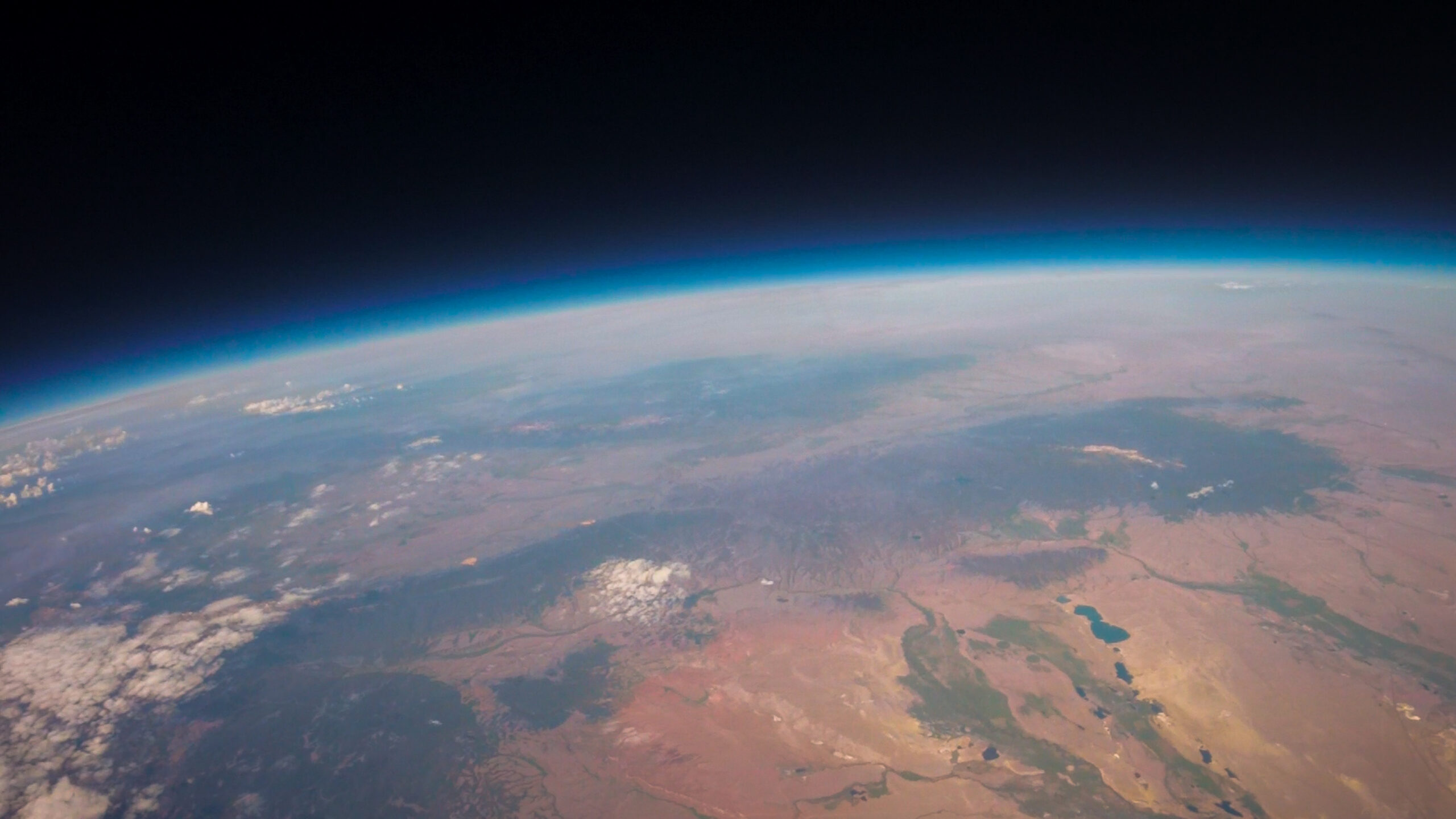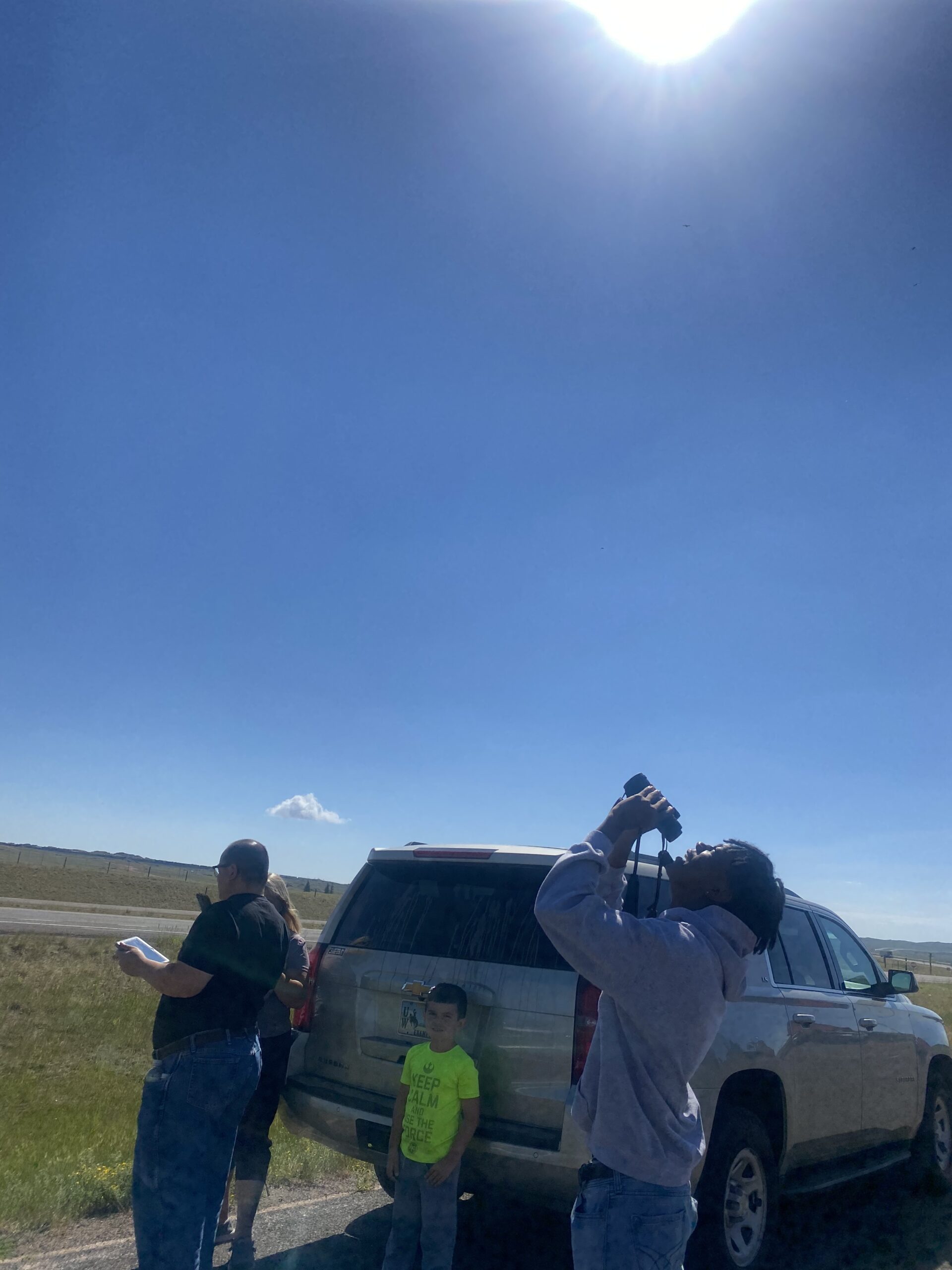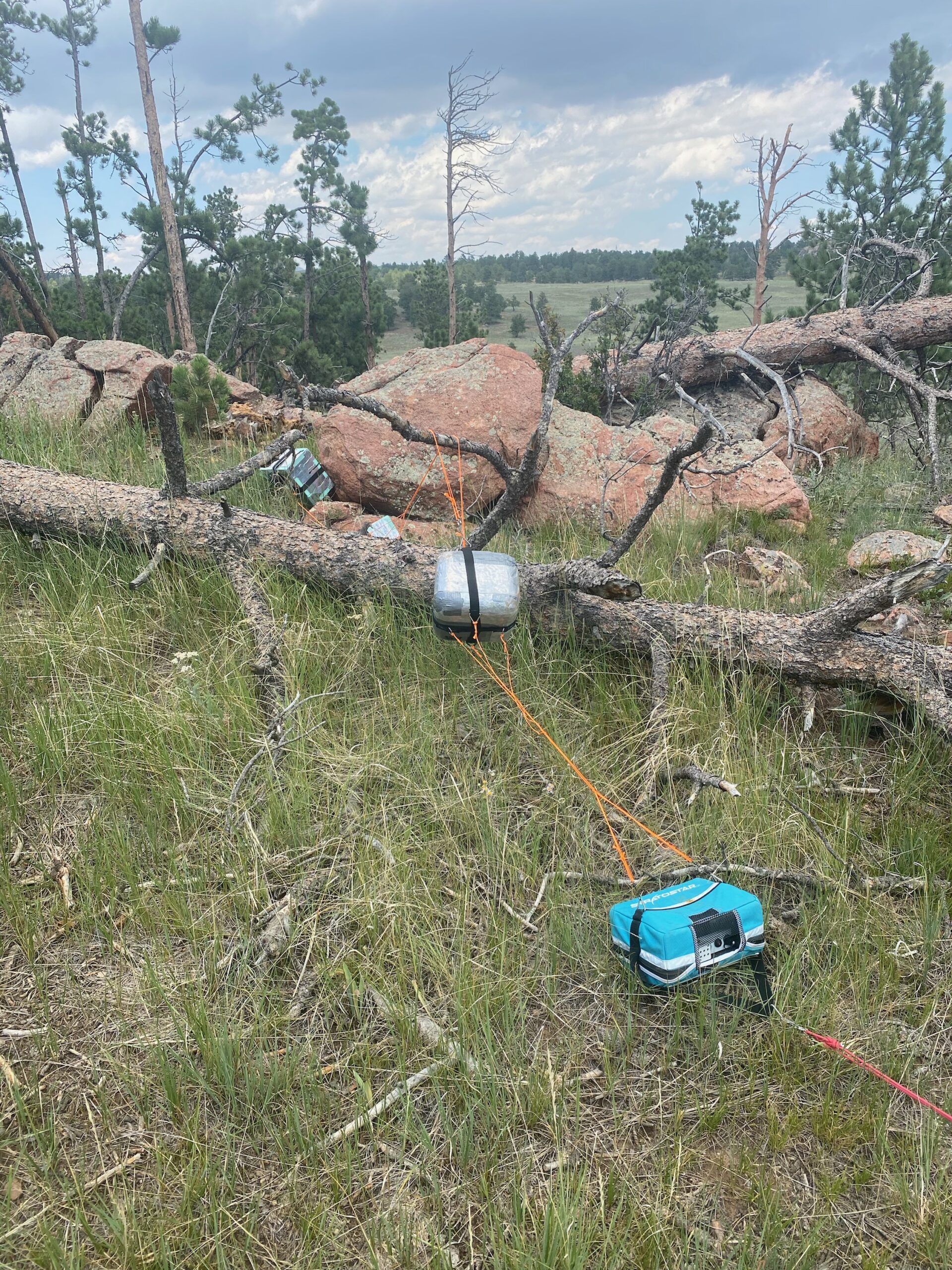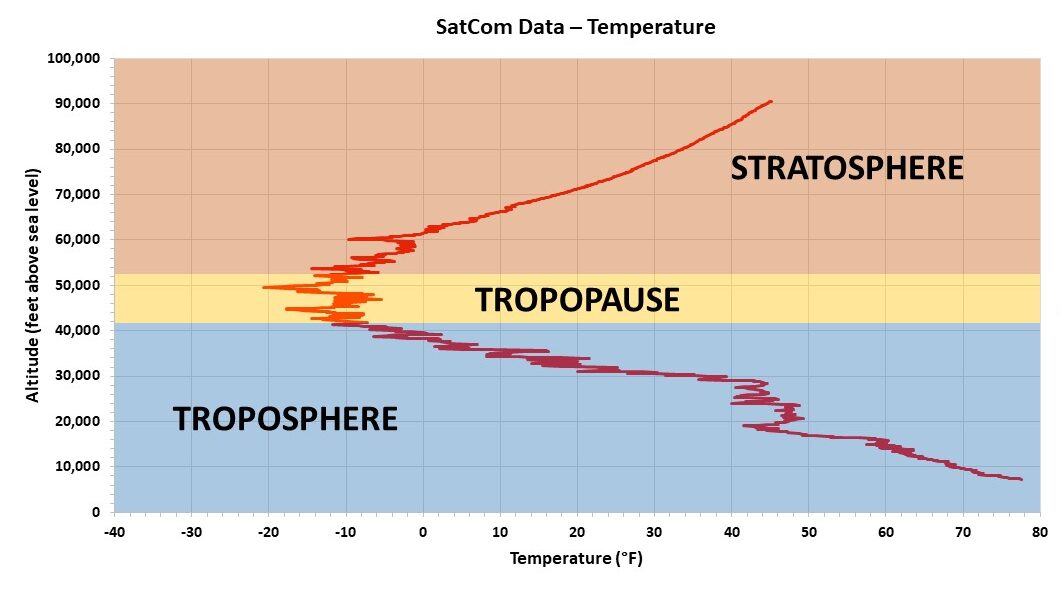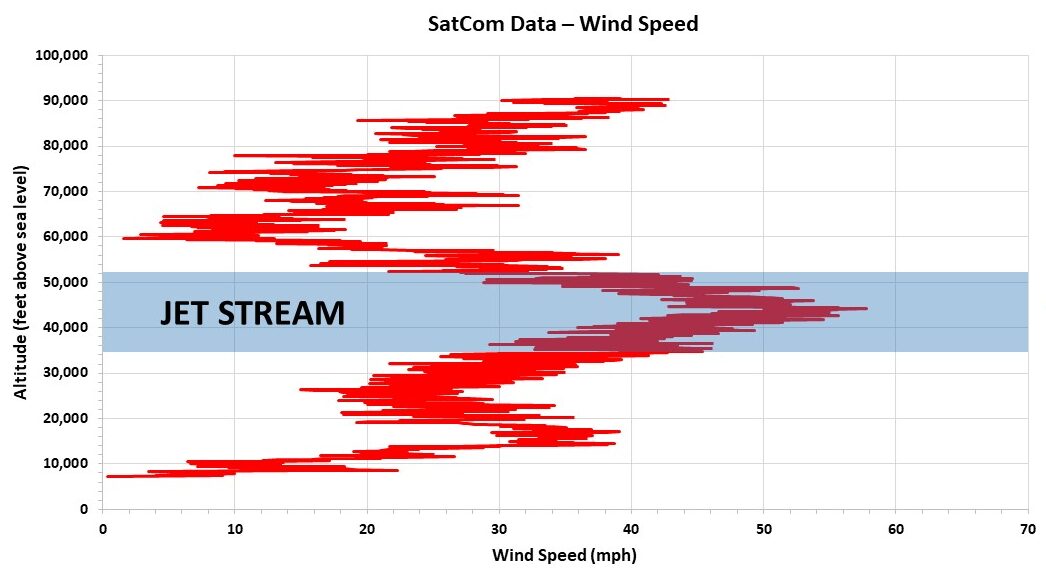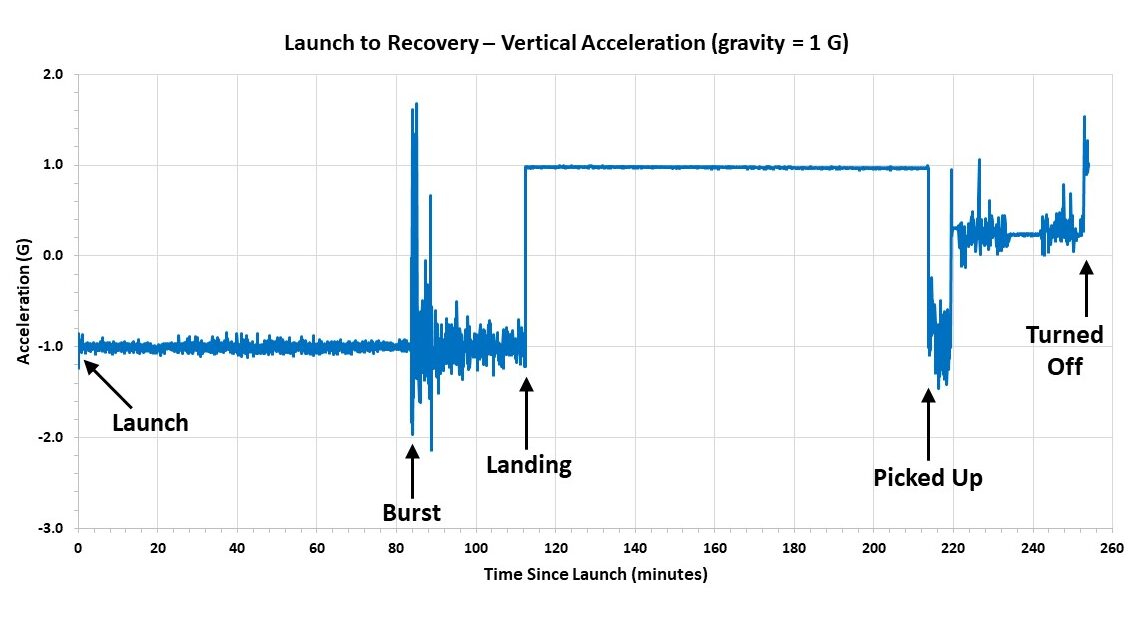2022 High-Altitude Balloon Workshop
~ Recap and Highlights ~
Last week, we welcomed a small group of educators to campus for our first high-altitude balloon workshop in more than a decade! The workshop, spanning two and a half days, gave attendees an in-depth look into our balloon program. We covered everything from the history of our program to more practical information about how we actually conduct our balloon flights. This included pre-flight prep (e.g., logistics and flight prediction), equipment and supplies, how to implement high-altitude ballooning with K-12 students, and post-flight data analysis. To highlight the workshop, we flew a high-altitude balloon to the edge of space!
The attendees worked in two teams to build Arduino payloads that were capable of measuring various types of radiation coming from outer space. However, each team also had to build a shield to protect their sensors from this radiation. The radiation measurements could then be compared with each other, and also with an unshielded control payload, to see whose payload shield performed the best. The entire activity, geared toward high school students, involved a little bit of engineering, coding, and electronics.
Once the payloads were finished, it was time to fly. We gathered early on the morning of launch day and headed to the university’s ballooning facility out by the Laramie airport. The weather, which is always a concern on launch day, was gorgeous! Temperatures were in the 60s and the wind—the balloon’s ultimate enemy—was quite gentle at less than 10 mph. Perfect launch conditions!
After setting up our equipment and discussing launch procedures, we began inflating our balloon. We used a 1200-g balloon, which has a burst diameter of about 30 feet. Based on our pre-flight calculations, we estimated that the balloon should be able to carry our 11-lb payload assembly to an altitude of about 90,000 feet above sea level, if not higher.
The balloon was inflated with enough helium to attain an ascent rate of about 5 m/s (1,000 feet per minute). With a pre-launch diameter of about 8–9 feet, the large balloon was ready for its journey to the stratosphere. After turning on all of our on-board electronics (tracking, cameras, and sensors), we attached the entire payload assembly to the balloon, did a countdown, and sent it on its way!
Over the next 84 minutes, the balloon ascended more than 83,000 feet, from 7,200 feet in elevation at the launch facility to its burst altitude of 90,576 feet. Just prior to bursting, we were lucky enough to catch a brief glimpse of the 30-foot-wide balloon with the naked eye as it floated 15 miles above our heads!
After burst, the payload took less than half an hour to parachute back to earth. It landed on private property near the Wyoming/Colorado border south of Laramie. Fortunately, we had a personal connection to the property owners and were able to retrieve the payload later that afternoon.
The next morning, we gathered one last time to analyze the data measured during the flight. We found that the flight path followed the flight prediction quite well. Attendees learned about the various ways the data could be interpreted in the classroom to discuss topics such as atmospheric layers, air density, the jet stream, or even G-forces (i.e., acceleration). We then graphed the radiation measurements and found that the results did not quite match the attendees expectations and hypotheses!
The attendees left the workshop with a better understanding of what our program is all about. Whether they wish to utilize our program in the future or conduct their own balloon flights, they are now equipped with the information needed to get started.
We hope to do more workshops like this in the years to come. Perhaps every summer, or every other summer, who knows. Would you be interested in this opportunity? Let us know in the comments!
(Photos courtesy Megan Candelaria, Michele Turner, and Bryon Stinson)
